*This post may have affiliate links, which means I may receive commissions if you choose to purchase through links I provide (at no extra cost to you). As an Amazon Associate, I earn from qualifying purchases. Please read my disclaimer for additional details.
Electrical design and repairs can be daunting at first but understanding how power works in your home will help you diagnose issues quickly and keep things running smoothly.
Nowadays, various electrical outlets are available to homeowners with different features and functionality.
Not all outlets are created equally, and now there are more choices than ever.

Modern homes have GFCI, USB, and combination outlets designed to power different devices and better meet customer needs. Usually, outlets in the United States are 120 volts, but 220 is predominant overseas.
In addition, you can buy lighted outlets, pop-up outlets, and other types of outlets based on what you’re looking for and where the outlets will go.
Whether you’re looking to upgrade, planning to build a new house, or want to know what outlets are in your home, we’ve put together this list of some of the common outlets you’ll find in U.S. homes.
Let’s look at both traditional outlets and some of the latest options for homeowners.
Table of Contents
The 120V Outlet
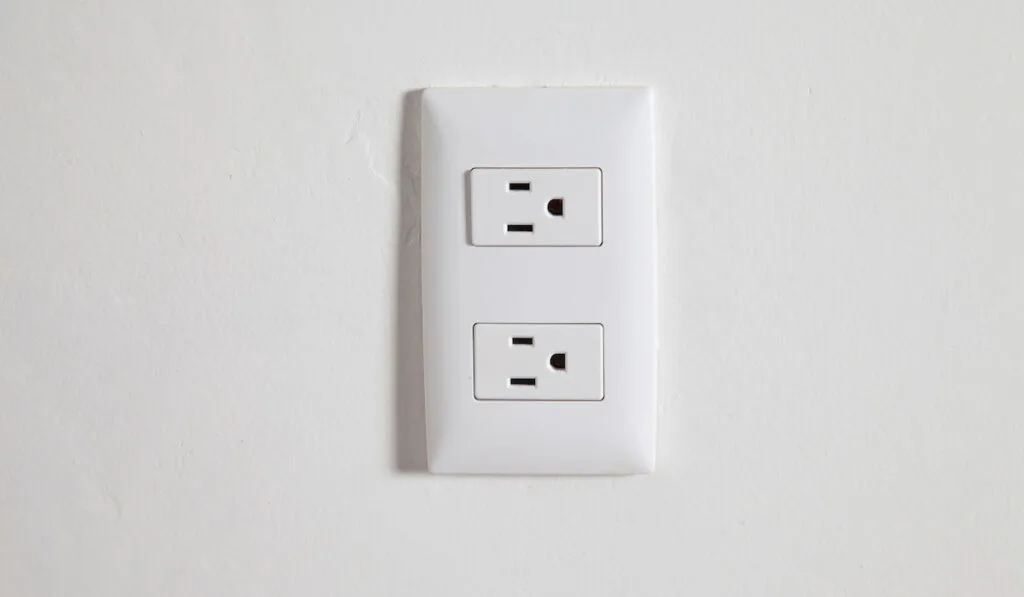
Most of the outlets you see in the United States are 120 volts or 120V.
Most of them have two slits with a rounded slot that has a flat bottom, indicating they are 15 amp – 120V outlets. 15A refers to the breaker associated with the outlet.
If anything over 15 amps runs through the outlet, it should trigger the breaker and stop the outlet from working to prevent any fires or overloading.
There are also 20A 120V outlets designed for more powerful appliances like convection ovens and other kitchen items, so you’ll find them on kitchen walls and countertops.
You can spot a 20A outlet by looking for one of the top slits to look like a sideways “T”.
220V Outlets

Most devices, appliances, and other items that need electricity in the U.S. run on 120 volts. However, 220V outlets are common outside of the country.
Therefore, if you ever go overseas, you must check to ensure your computer, gaming console, printer, or anything else you plug in is compatible with 220V outlets to avoid blowing a fuse.
250V Outlets
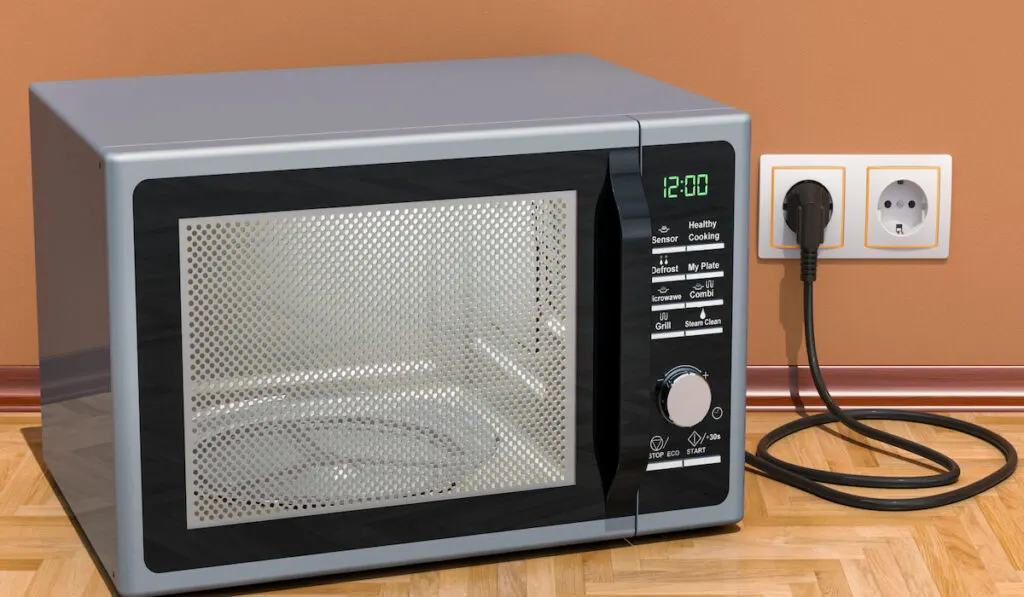
Large appliances like refrigerators, ovens, stoves, etc., need more juice, so they’ll typically be near 20A 250V outlets.
In the United States, safety codes and manufacturers do a good job of making outlets that are only compatible with those types of appliances.
It’s why your oven’s plug looks different from your TV’s. If you try to plug something else into the stronger outlet, it won’t fit, and vice versa.
There are also several variations of the 250V outlet, but the higher amp styles are for industrial machines, so you likely won’t find them randomly around the house.
GFCI Outlets

GFCI stands for Ground Fault Circuit Interrupter.
GFCI outlets come with built-in trips to stop ground faults.
The outlet monitors the current moving through the wires in places like kitchens and bathrooms where there is an increased risk of shock.
Instead of a ground fault from using too much power in your bathroom, the GFCI will trip, and the outlet will stop working.
One of the best things about these outlets is that you can reset them and get them working again by pressing a button on the outlet’s face.
They are increasingly common as places around the country update their safety codes and require them whenever a house is built or renovated.
Ungrounded Outlets
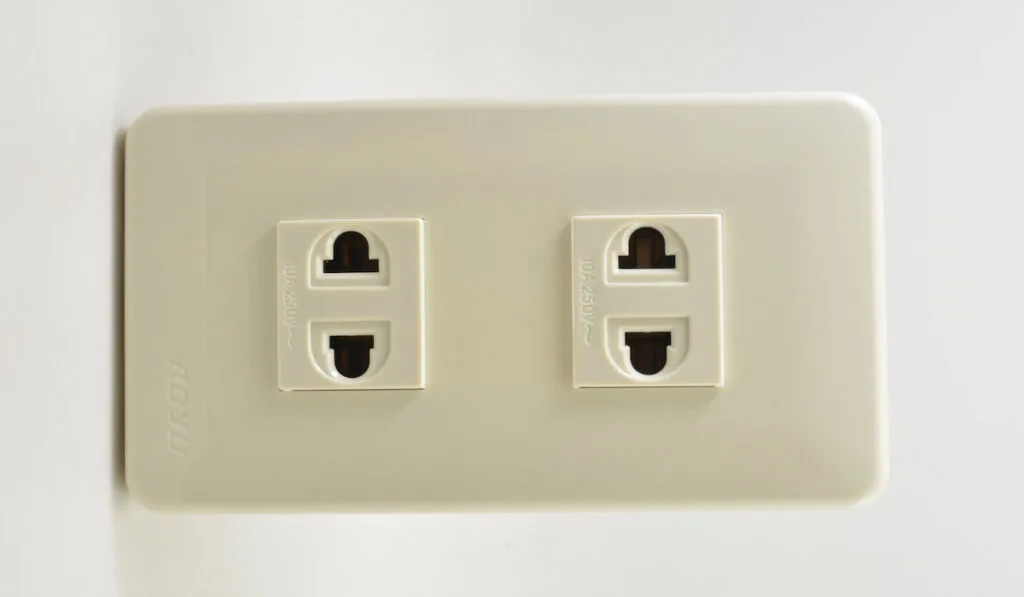
If you see an outlet with only two slots, there is a good chance it is an ungrounded outlet. Typically, the third hole in an outlet is the grounding connector.
These are fine for lamps, small electrical devices, and other things that need plugging in.
However, they aren’t recommended for anything larger, which is why most devices like TVs and computers come with a third prong and won’t fit the ungrounded outlet.
Outdoor Outlets
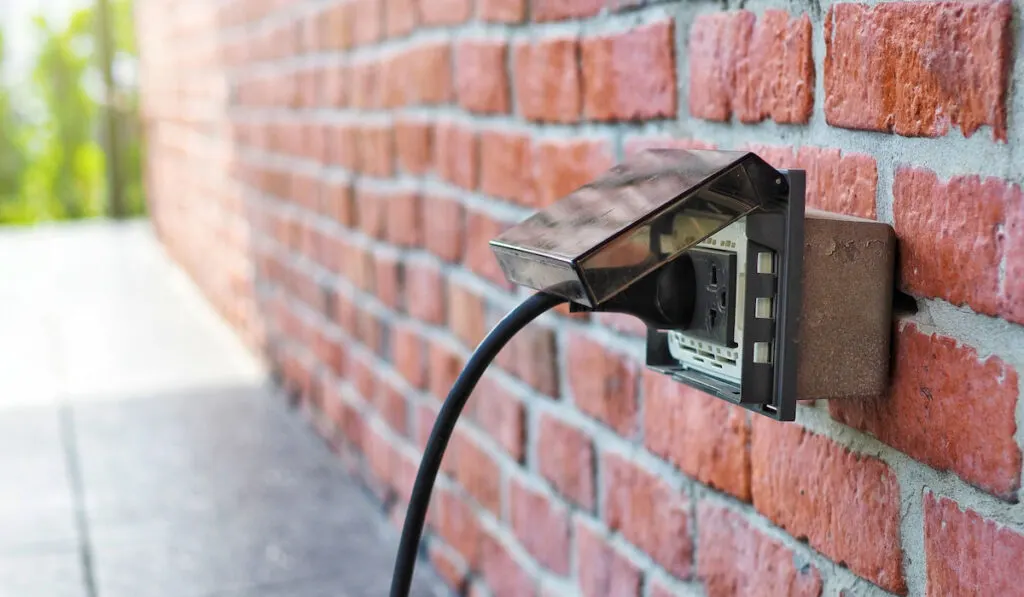
Installing a regular indoor outlet outside is a recipe for disaster. They aren’t designed to withstand rain, large swings in temperature, snow, or animals that come by to sniff them out.
Instead, builders, electricians, and contractors must use weather-resistant outdoor outlets built for the task.
The main difference between indoor and outdoor outlets is that the outdoor outlets are built from materials that won’t corrode.
They are also better covered to prevent water and debris from getting inside.
USB Outlets
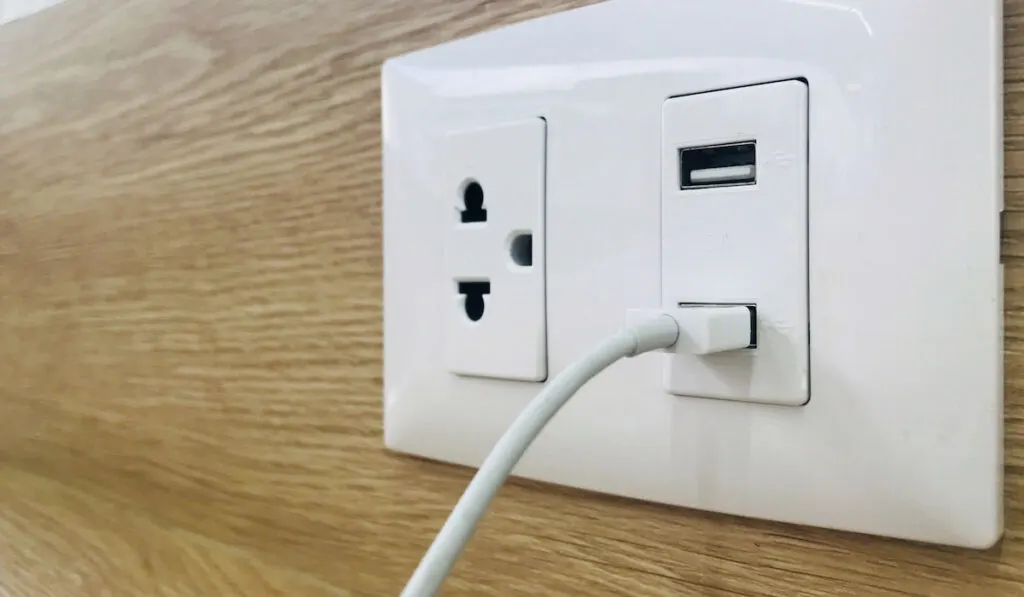
As we increasingly move into the digital world, mobile technology becomes more ubiquitous.
If you live in a large family, people are constantly jockeying for outlets and chargers to keep their phones and tablets charged.
Thankfully, USB ports take up less space than traditional outlet plugs, so adding them to household outlets makes sense.
Modern outlets can come with traditional USB 3.0 slots, USB type C, or any other configuration.
You can get both in a single outlet to put in your kitchen or next to your bed to make charging multiple devices a breeze.
Smart Outlets

Smart outlets are a natural progression from USB outlets. As more homes become better connected, it’s easier than ever to control things from your phone or computer.
With smart outlets, you can turn things off and on from an application on your phone.
You can schedule when lamps turn on at night or when everything shuts off once everyone is out of the house for the day.
These are fantastic ways to reduce energy consumption because you avoid using too much electricity simply because you forgot to turn something off.
They also let you monitor usage, so you know what’s using the most energy around your house.
Pop-Up Outlets
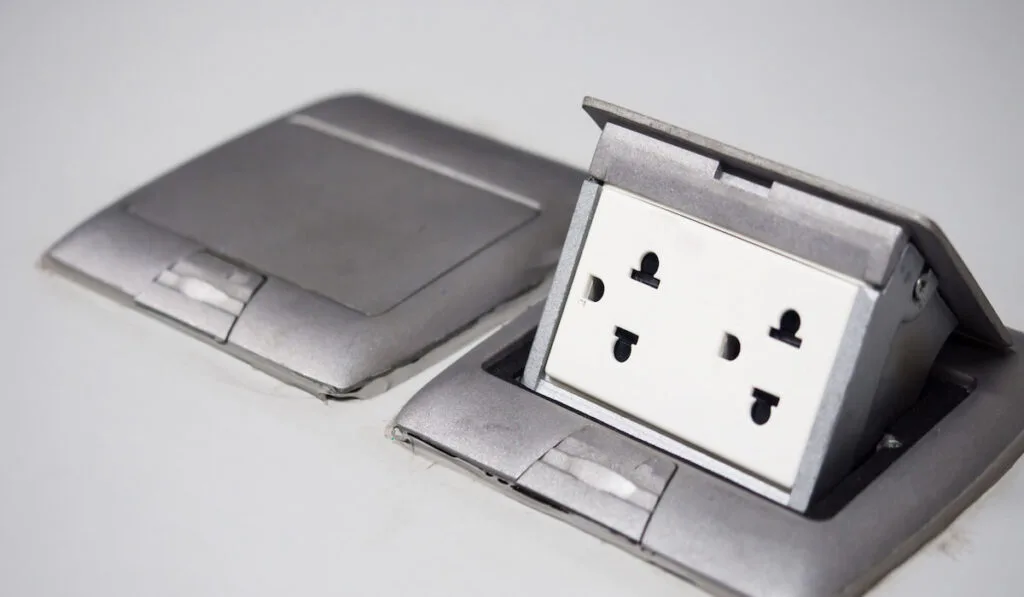
Pop-up outlets are a wonderful solution for people who want access to outlets but don’t love them on kitchen walls or anywhere else they want clean, smooth walls.
Pop-up outlets lay flat, or relatively flat, against surfaces like walls or countertops.
You simply push a button to use them, and the outlets pop up. You can close them to keep the outlets out of sight once you’re done.
Lighted Outlets
Lighted outlets make it easier to see where to plug things in when the room is dark.
Imagine going to bed when your spouse or partner is already asleep. Instead of turning on the lights to see where you need to plug in, your outlet acts as a nightlight to guide you.
Typically, the lights on lighted outlets are dim and face down so that they won’t affect light levels in the house.
There are also lighted outlet covers, like this , that come with LED night lights. They have automatic sensors in them, so they’ll only switch on when they see your hand or a plug next to them.
